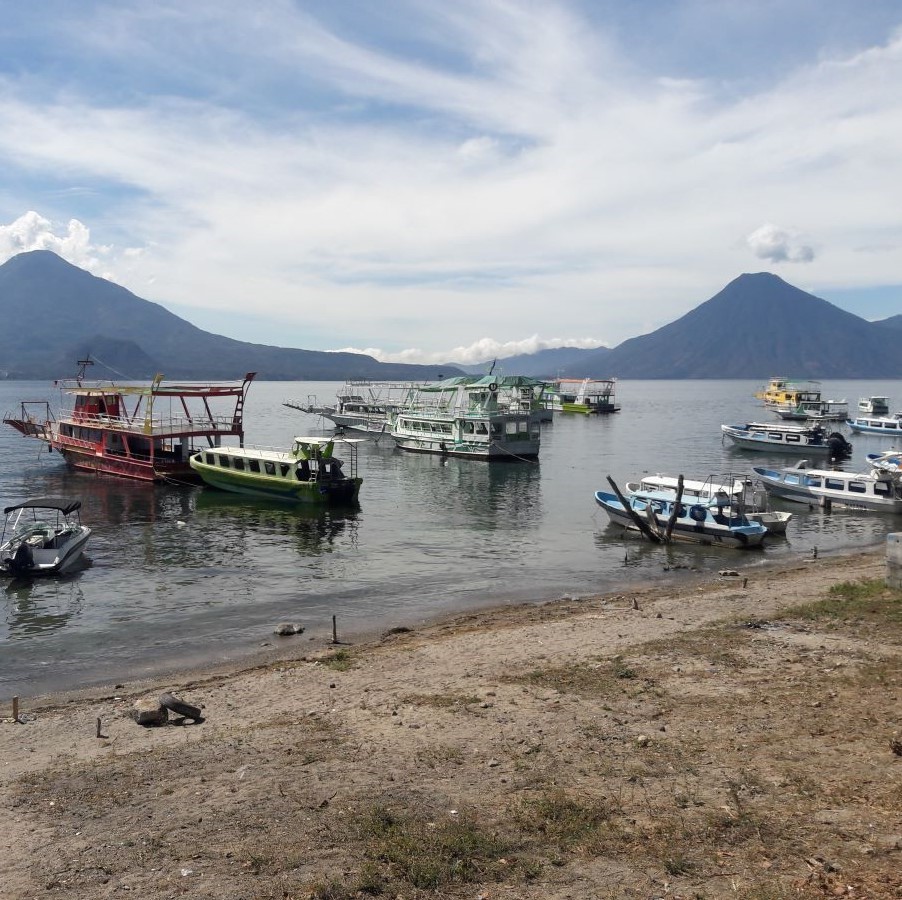Guatemala’s Rich Cultural Heritage
Guatemala, a country nestled in Central America, is home to a vibrant tapestry of cultural heritage shaped by its indigenous Mayan roots and colonial influences. Exploring this cultural depth offers an unforgettable journey into the past, where ancient traditions and customs thrive.
Preserving Guatemala’s Rich Cultural Heritage Ancient Traditions
One of the most striking elements of Guatemala’s cultural heritage is the resilience of the Mayan culture. Today, over 40% of the population is of indigenous Mayan descent, and their traditions continue to play a vital role in daily life. From the sacred rituals passed down through generations to the intricate textile weaving, the Mayan influence is palpable throughout the country. Visitors to Guatemala can witness these practices firsthand in local markets, workshops, and festivals, all while gaining insight into a way of life deeply connected to the land and spirituality.
Traditional Artisanal Crafts
Guatemalan artisans, especially those in highland villages, are known for their incredible craftsmanship. Handmade textiles, pottery, and jewelry are key expressions of cultural identity. The art of backstrap loom weaving, which has been practiced for thousands of years, is not only a symbol of creativity but also a means of cultural preservation. Each region has its own patterns, colors, and designs, often reflecting historical events, cosmology, and local customs.
By engaging in workshops and visiting local cooperatives, travelers can learn about the significance of these crafts and the sustainable methods used to produce them. Not only does this provide a deeper connection to the culture, but it also supports the local economy, ensuring that artisans receive fair compensation for their work.
Mayan Medicine and Healing
Beyond the visible aspects of Guatemalan culture, the practice of Mayan medicine plays an integral role in local communities. Traditional healers, known as “curanderos,” use knowledge of native plants and herbs to create natural remedies for ailments. This ancient wisdom, rooted in an understanding of the interconnectedness between humans and nature, is a powerful reminder of the deep respect Indigenous people have for the environment.
Participating in workshops or tours focused on Mayan healing practices offers a rare glimpse into this ancient tradition. Visitors can learn about the medicinal properties of plants, the spiritual importance of certain healing rituals, and the deep connection between health and the natural world.
Cultural Festivals and Ceremonies
Guatemala is also known for its vibrant festivals and ceremonial traditions. Whether it’s the lively Semana Santa processions in Antigua or the spiritual Day of the Dead celebrations, these events offer a unique way to experience the country’s cultural diversity. Many of these festivals blend Catholicism with indigenous traditions, creating a rich, syncretic experience that speaks to the complexity of Guatemala’s history.
One of the most captivating ceremonies is the Mayan fire ceremony, which continues to be practiced by indigenous communities across the country. Visitors can join these rituals and observe as offerings are made to the gods, including copal (resin), flowers, and candles. These ceremonies are not just cultural performances but deeply spiritual practices that honor ancestors and the natural world.
Supporting Sustainable Tourism
For those visiting Guatemala, embracing sustainable tourism is key to preserving the country’s cultural heritage. By choosing eco-friendly tours, participating in responsible travel practices, and supporting local artisans, travelers help ensure that Guatemala’s rich traditions remain intact for future generations. Organizations, like Grow Your Own Cure, offer an excellent opportunity to engage with cultural heritage in a way that benefits both the environment and local communities.
Conclusion Guatemala’s Rich Cultural Heritage
Guatemala’s cultural heritage is a treasure trove of traditions, crafts, and rituals that offer a glimpse into one of the most unique and resilient cultures in the world. Whether through its vibrant textiles, ancient healing practices, or sacred ceremonies, this is a country that invites travelers to not just observe but to immerse themselves fully in its rich cultural legacy.


 Lake Atitlan Tours
Lake Atitlan Tours Guatemala Travel Services
Guatemala Travel Services